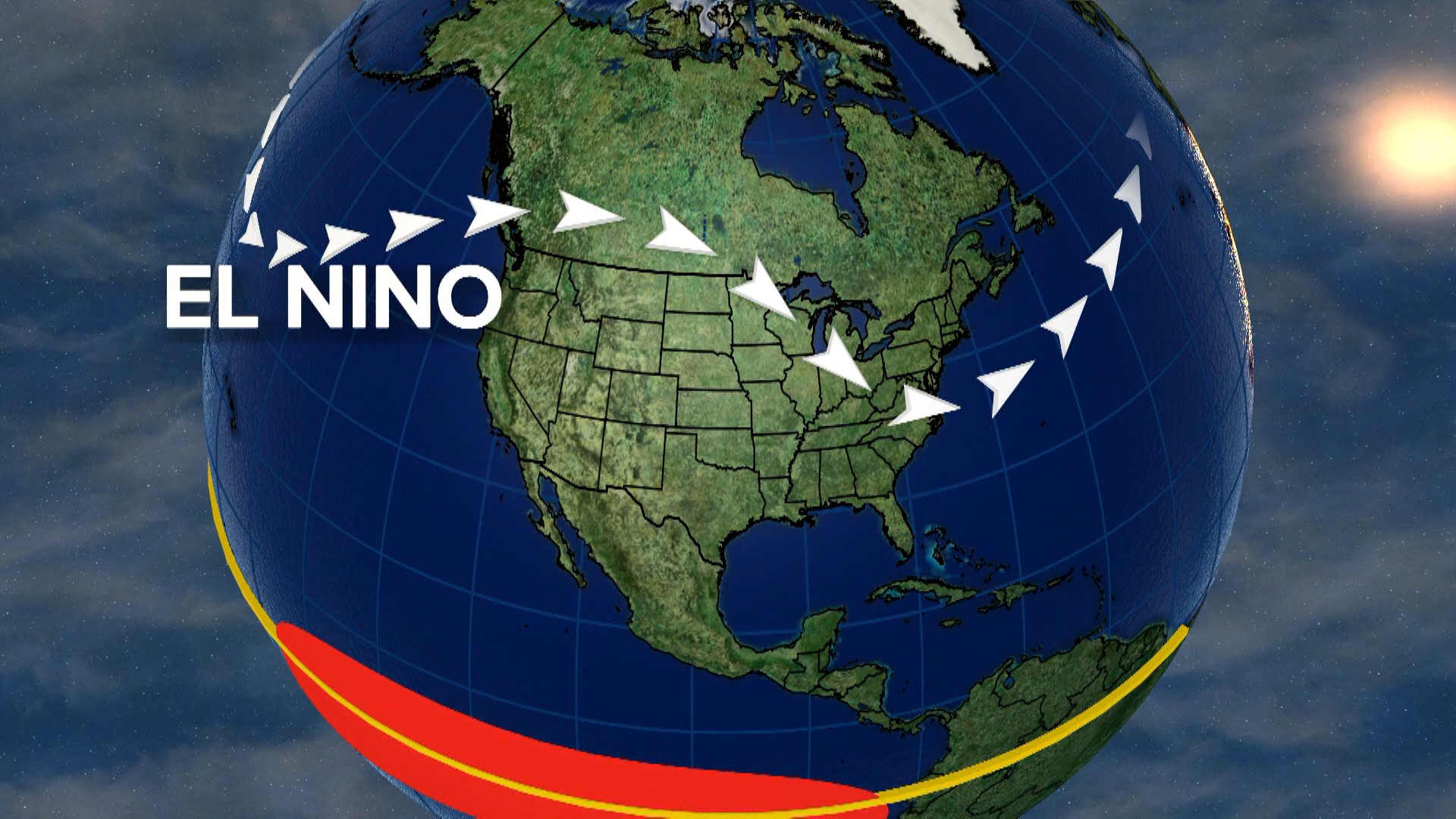COLUMBUS, Ohio — Ohio knows severe weather. It is one of the few states in the country that has seen tornadoes during every month of the year.
Ohio typically gets an average of 19 tornadoes in a year but the state has already seen 35 in just the first four months of 2024.
Many communities are becoming storm-weary thanks to round after round of tornado outbreaks in early spring, but we are not done with storm potential.
Over the last few months, we have been in a large-scale weather pattern called El Nino. An El Nino is the warm counterpart to La Nina in a pattern called El Nino-Southern Oscillation. El Nino and La Nina can last anywhere from a few months to a few years and the time between them can do the same.
El Nino is triggered by warmer-than-average water temperatures across the equator in the Pacific Ocean. Warm waters cause air to rise and high pressure to form, shifting the jet stream north. This generally leads to warmer temperatures and dryer conditions across Ohio.
La Nina is the opposite. Temperatures in the Pacific fall below average leading to the northern jet stream dipping south. For Ohio and northern states, La Nina causes more turbulent weather because the jet stream, the thing that divides the cold and dry polar air from the warm and humid tropical air, sits right in the middle of the country.
La Nina increases the likelihood of heat domes for the central plans and the Midwest, fire risks for the West Coast, and the hurricane threat for the Southeast. Here in Ohio, La Nina can cause wetter seasons and more frequent storm systems.
Over the last few months, the Climate Prediction Center has been tracking a steady decline in Pacific Ocean temperatures and is predicting a 60% chance that La Nina will develop between June and August.
When it comes to tornadoes, La Nina years have active severe weather seasons but are historically not as active as El Nino. When we look at the year with the highest number of tornadoes, three of the top five are El Nino years.
El Nino-Southern Oscillation can have a larger impact on severe weather season in Ohio than other portions of the country, but there are other factors at play as well. Tornado Alley has been shifting for decades now, thanks to increased temperatures across the southeast due to climate change.
Special Report: Thursday at 6 PM on 10TV News
10TV meteorologist Madison Ryke takes a historic look at the increased frequency of tornadoes in Ohio, and what early severe weather could mean for summer.

